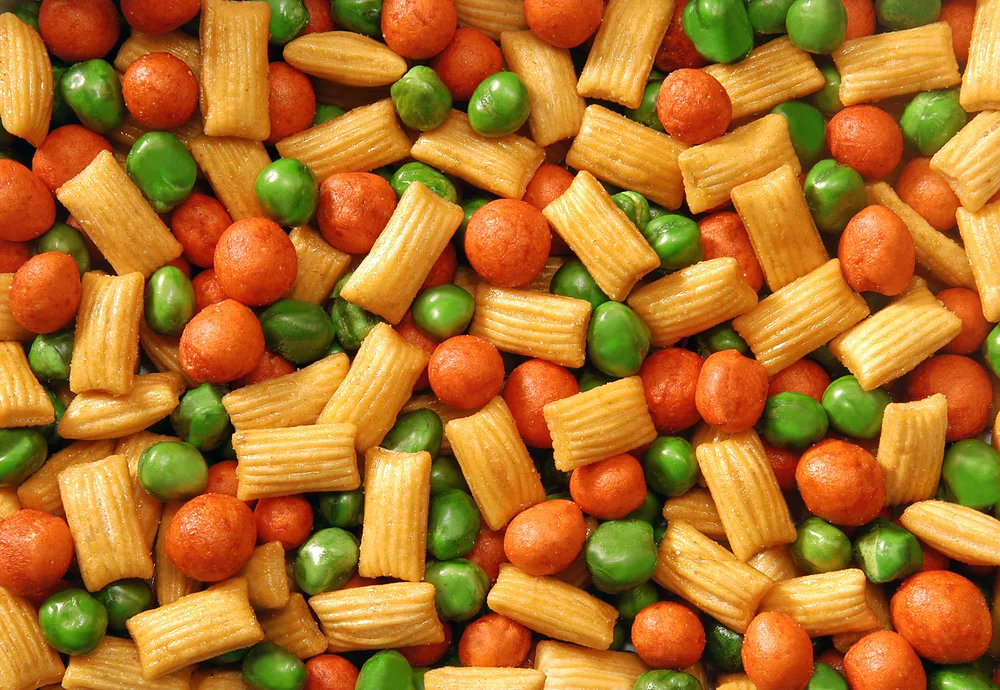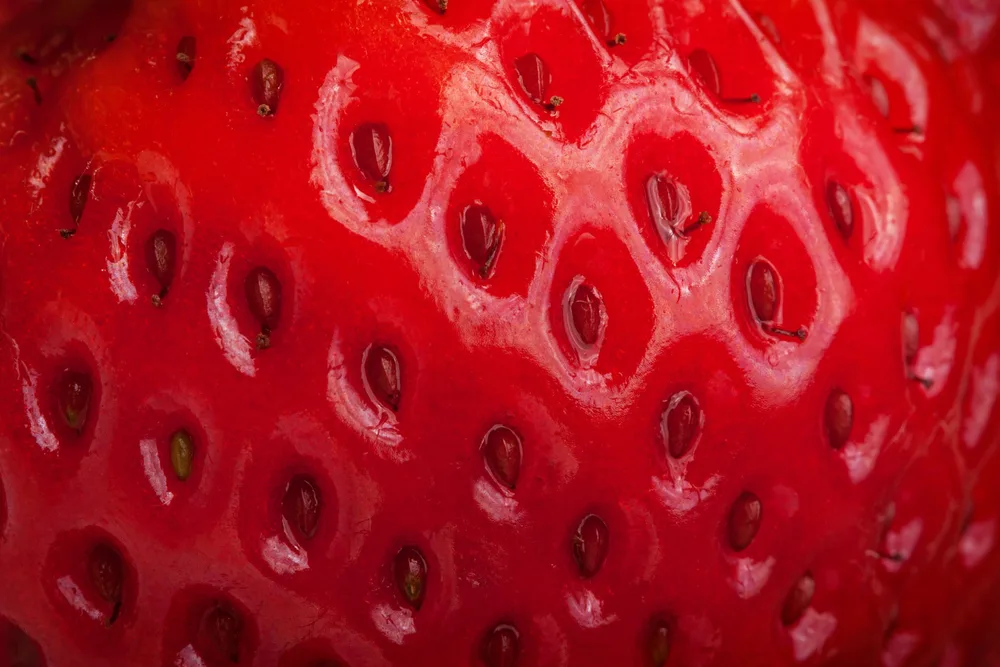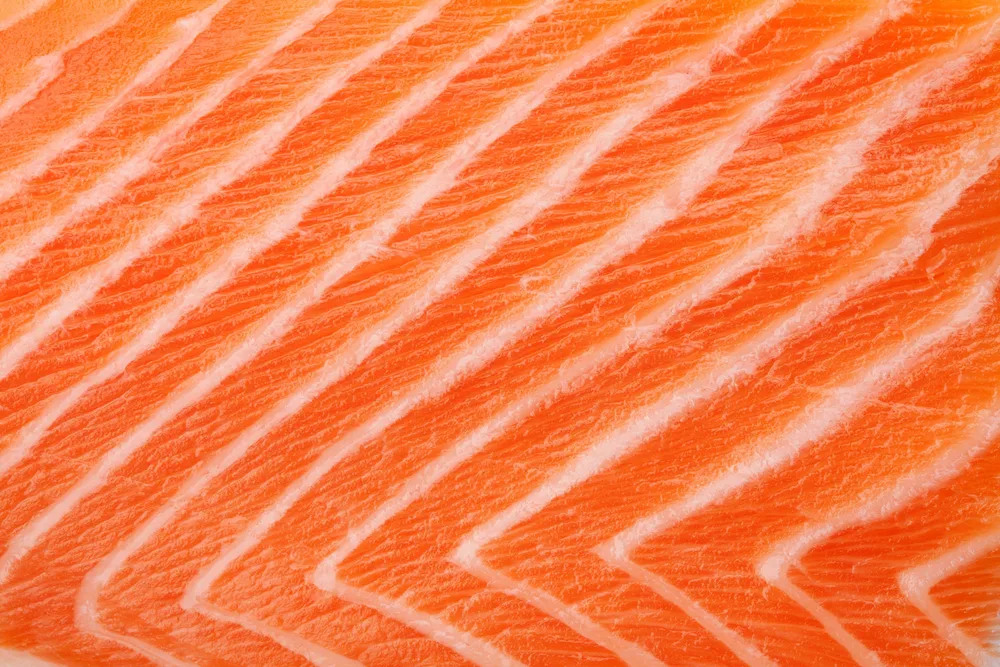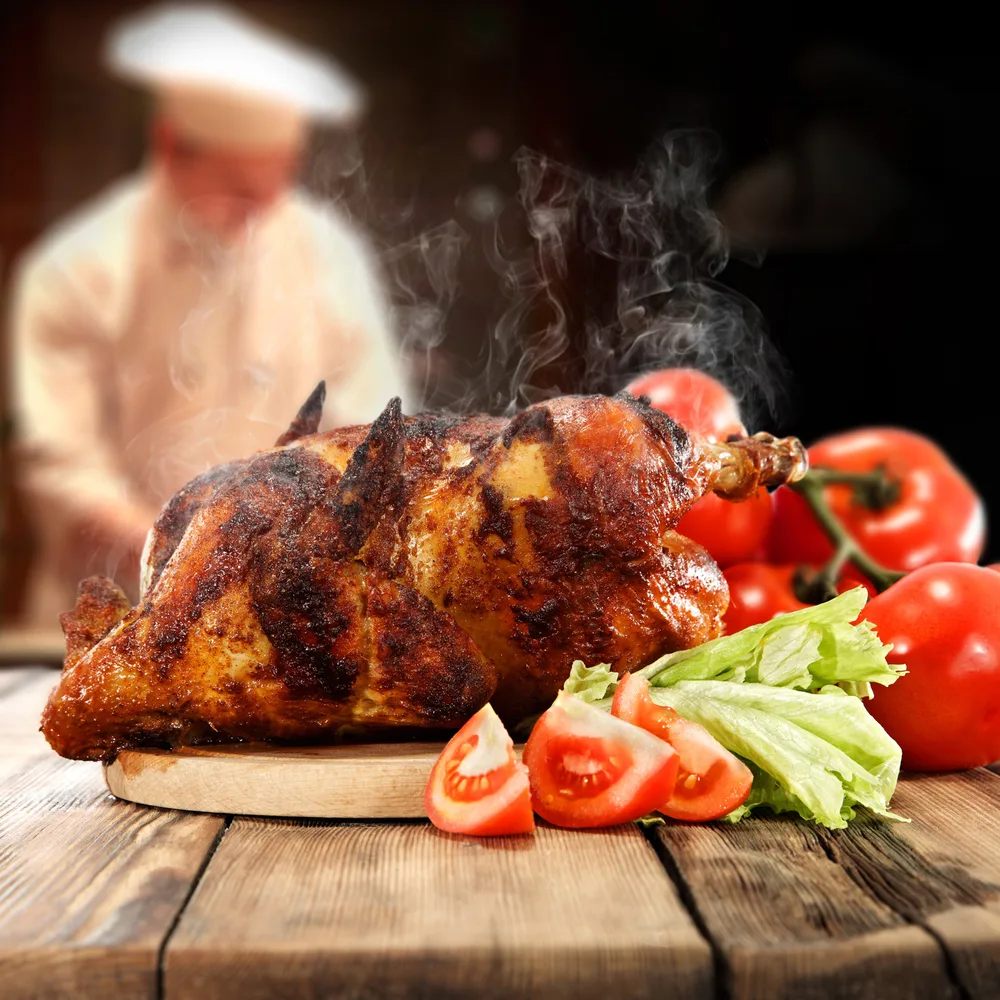

The Flavouring Regulation (EC) No 1334/2008 of the European Parliament and of the Council on flavourings and certain food ingredients with flavouring properties for use in and on foodstuffs was adopted on 16 December 2008 and entered into force on 20 January 2009.
The Regulation applies since 20 January 2011; since then all Member States (should) have adapted their national legislation. The Union List of flavourings and source materials (Annex I of the Regulation) has been published on 2 October 2012, entered into force on 22 October 2012 and applies since 22 April 2013.
The Regulation repeals Council Directive 88/388/EEC of 22 June 1988 on the approximation of the laws of the Member States relating to flavourings for use in foodstuffs and to source materials for their production as well as Commission Directive 91/71/EEC as from 20 January 2011.
EFFA has prepared a Guidance Document on the EC Regulation on Flavourings highlighting the major changes and seeking to establish EU wide industry guidance on the interpretation of the new rules introduced by the Regulation.

The scope has been extended compared to the scope of the previous Directive 88/388 through the inclusion of the so-called food ingredients with flavouring properties (e.g. herbs and spices)
For further details please refer to Chapter I of the EFFA Guidance Document
The new Regulation lays down general conditions for the use of flavourings, food ingredients with flavouring properties and source materials:
For further details please refer to Chapter II of the EFFA Guidance Document
The new Regulation provides a set of new and/or modified definitions in the context of flavouring categories and manufacturing processes:
e.g. no distinction is made between nature-identical and artificial flavouring substances, both of which will be regarded as “Flavouring substances”.
e.g. a distinction is established between source materials considered as “food” and “non-food”
For further details please refer to Chapter I of the EFFA Guidance Document
The new Regulation stipulates new labelling requirements both for flavouring manufacturers (B2B) and (final) food manufacturers (B2C). These include:
e.g. packaging labelling of flavourings for downstream manufacturers and consumers must include details about the presence of food allergens and date of minimum durability.
e.g. labelling as “natural flavouring substance(s)” may only be used for flavourings where the flavouring part contains exclusively natural flavouring substances.
For further details please refer to Chapter IV of the EFFA Guidance Document
A Union List of evaluated and approved (by EFSA) flavourings and source materials for use in and on foods has been established and has been published on 2 October 2012 (see above). The Union List Part A (currently Annex I to the Flavouring Regulation) covers only chemically defined flavourings substances whereas the UL Parts B-F (not yet published) will cover:
Thermal process flavours (when obtained from non-food sources and/or for which the production conditions and/or the maximum levels for certain undesirable substances as set out in Annex V are not met);
For further details please refer to Chapter III of the EFFA Guidance Document
The risk management of certain substances naturally present in certain food ingredients with flavouring properties (e.g. herbs, spices) and/or flavourings is based upon the “major contributor approach”:
e.g. maximum levels are established for the presence of these undesirable substances in food which contribute most to the human intake of these substances.
For further details please refer to Chapter II of the EFFA Guidance Document
More information on:

With the publication of the Commission Implementing Regulation (EU) No 872/2012 on 2 October 2012, the list of flavouring substances provided for by Regulation (EC) 2232/96 has been adopted and published.
The “list of flavouring substances” is Part A of the “Union List of Flavourings and Source Materials”. This List is established by introducing it in Annex I to the Flavouring Regulation (EU) No 1334/2008. The Union List Part B to F covers the flavourings and source materials referred to in Article 9(b) to (f) of Regulation (EC) No 1334/2008.
At the same time, also Commission Regulation (EU) No 873/2012 on transitional measures concerning the Union list of flavourings and source materials set out in Annex I of Regulation (EC) No 1334/2008 was published.
Both Regulations (Implementing Regulation adopting the List of Flavouring Substances and the Regulation on transitional measures) entered into force on 22 October 2012.
The Regulation on transitional measures is binding in its entirety and directly applicable in all Member States since its entry into force, i.e. by 22 October 2012, whereas the date of application of the Implementing Regulation and the Union List Part A was 6 months after the date of its entry into force, i.e. on 22 April 2013.
Article 10 of Regulation (EC) No 1334/2008 applies from 18 months after the date of application of the Union List Part A, i.e. 22 October 2014.
Parts B to F of the Union List of flavourings and source materials applies as of 22 October 2016.
Flavouring substances not included in the List may be placed on the market and used in or on food until 22 October 2014 (i.e. application of Art. 10 of Regulation (EC) No 1334/2008) and in addition dedicated transitional measures apply to foods containing flavouring substances which are not included in the List but which are lawfully placed on the market and labelled prior to 22 October 2014.
Foods containing flavourings and source materials which are lawfully placed on the market or labelled prior to 22 April 2018 but which do not comply with Parts B to F of the Union List, may be marketed until their date of minimum durability or use-by date.
The List includes all flavouring substances, either natural or not, that are supported by the Industry.
Currently there are more than 2500 flavouring substances on the List.
The List consists of both evaluated flavouring substances and flavouring substances which are still under evaluation by EFSA. Although the latter substances are marked with a footnote in the List they are deemed to be safe for use.
For 13 substances restrictions of use apply in specified food categories. These substances may only be added to the listed food categories.
The use of all other substances is permitted in accordance with good manufacturing practices.
Decision No 1999/217/EC (Register of flavouring substances) has been repealed on 24 April 2013 and does not apply any longer.
For more information:
• EFFA Information Letter 12/07
• EFFA Information Letter 13/03 +time line chart

The Standing Committee on Plants, Animals, Food and Feed of the European Commission Directorate-General for Health and Food Safety is divided into fourteen different sections. You will find in this section the agenda and summary of the Toxicological Safety of Food Chain section meetings. For more information:
http://ec.europa.eu/food/safety/reg_com/toxic/index_en.htm

Smoking is one of the most ancient procedures to season and preserve foods. Smoke flavourings are not only used to preserve but to confer a special smoke flavour in foods such as fish and meat products, steak, sauces and chips.
Smoking is one of the most ancient procedures to season and preserve foods. Today smoke flavourings are used to confer a smoky note in foods such as fish and meat products, sauces and crisps
Freshly produced smoke is obtained by means of controlled burning of hardwood at temperatures of up to 600°C. The smoke generated is condensed, purified and, for practical reasons, such smoke primary products can be mixed with solvents such as cooking oil or carriers such as table salt.
EFFA Calculation tool
The Commission Implementing Regulation (EU) No 1321/2013 establishes the 'Union List of authorised smoke flavouring primary products.
The Annex to the Implementing Regulation clarifies that the maximum use levels need to be reduced proportionally in case combinations of (primary) smoke flavourings are used in or on foodstuffs.
For this reason, EFFA has developed the “Calculation Tool”.
With this table, the user can calculate the maximum amount of the compound flavouring in any foodstuff / food category of interest when the flavouring contains more than one (up to 10) smoke flavouring primary products. The table also allows the customers to do the calculations for themselves if they blend/mix different “compound flavourings” that contain one or more smoke flavouring primary products.
